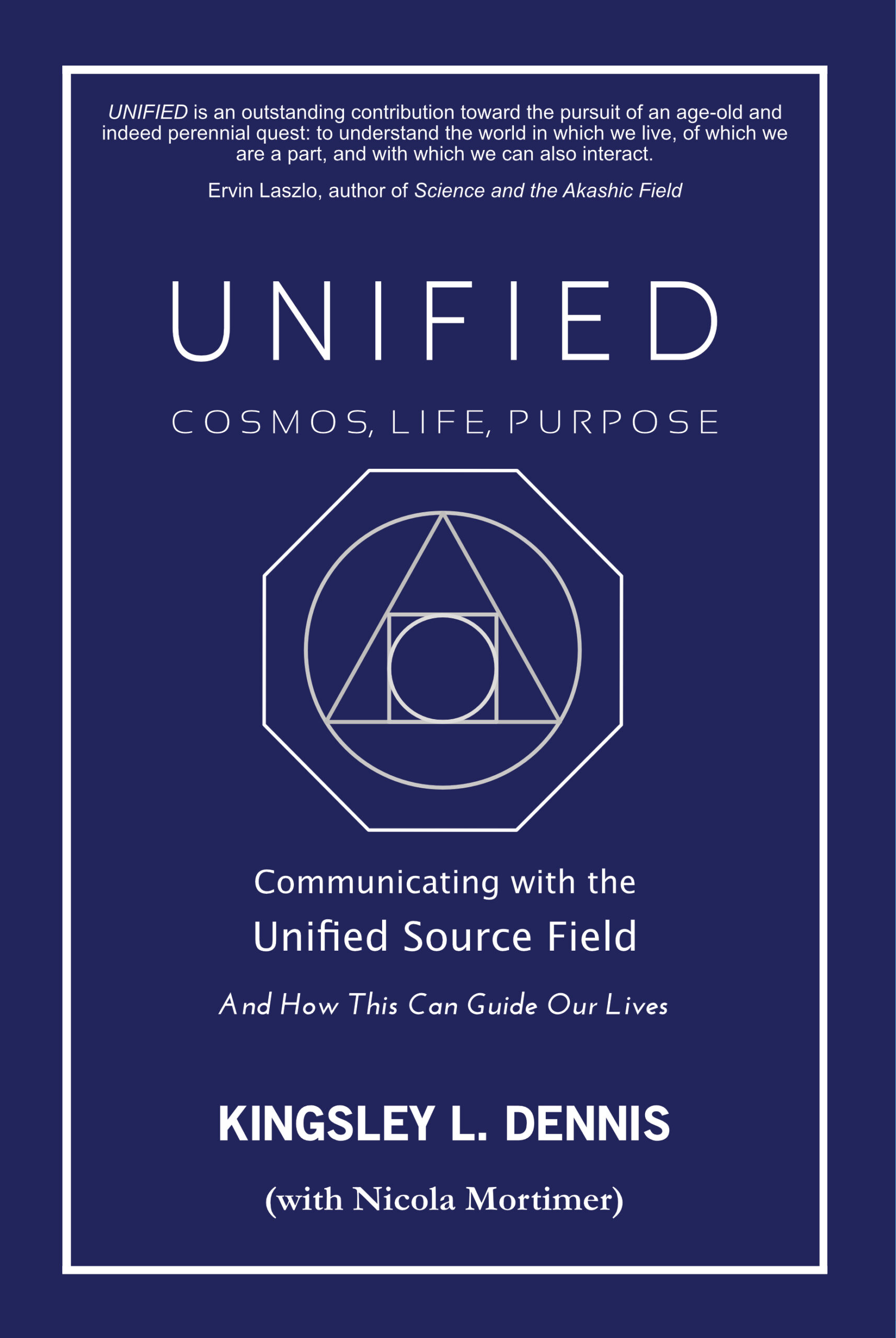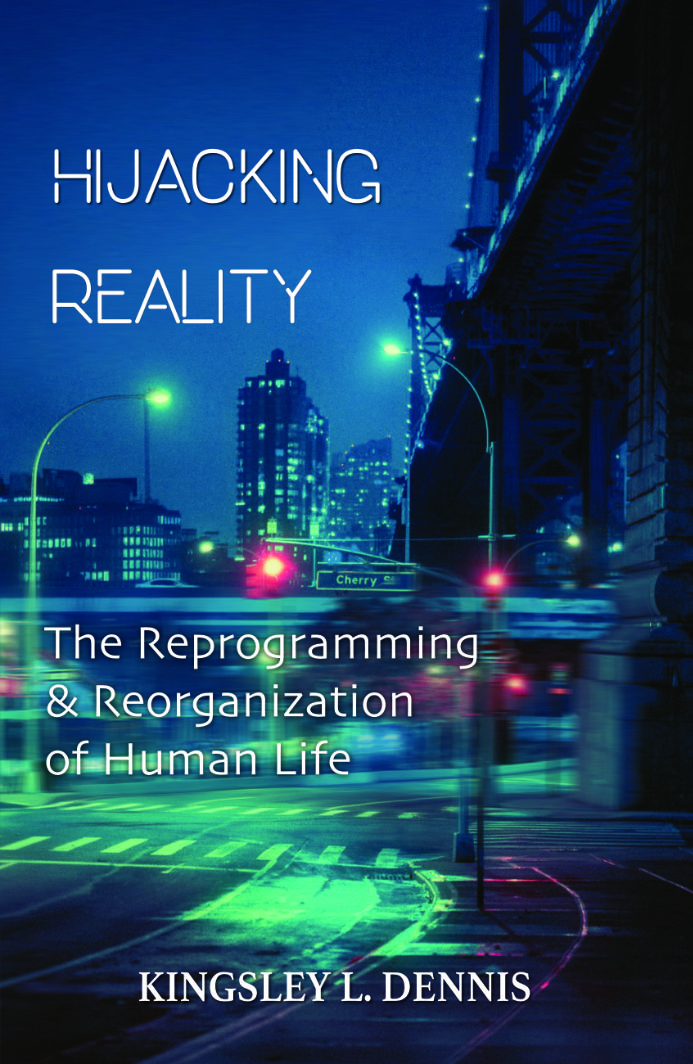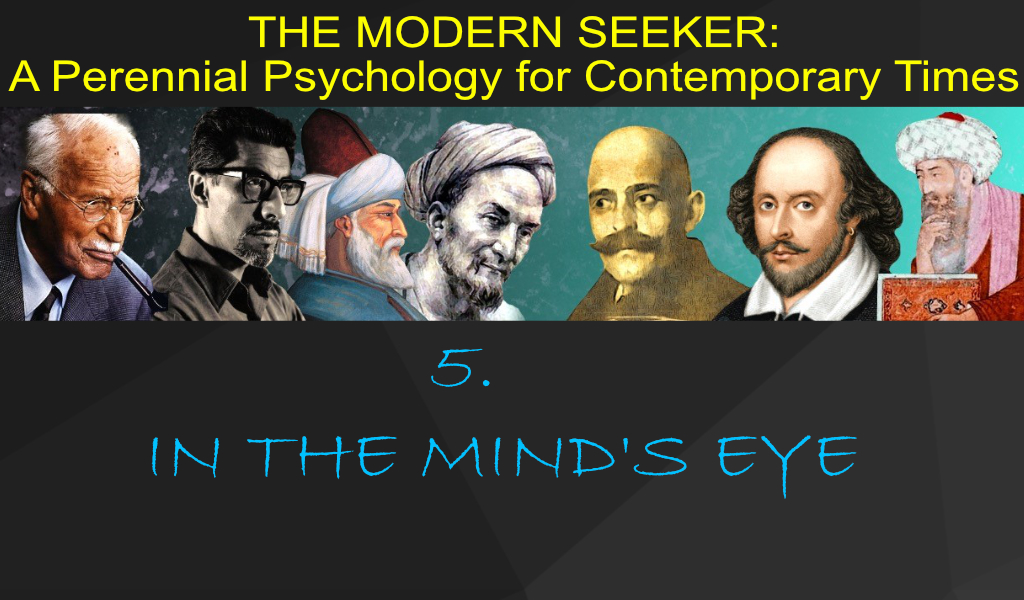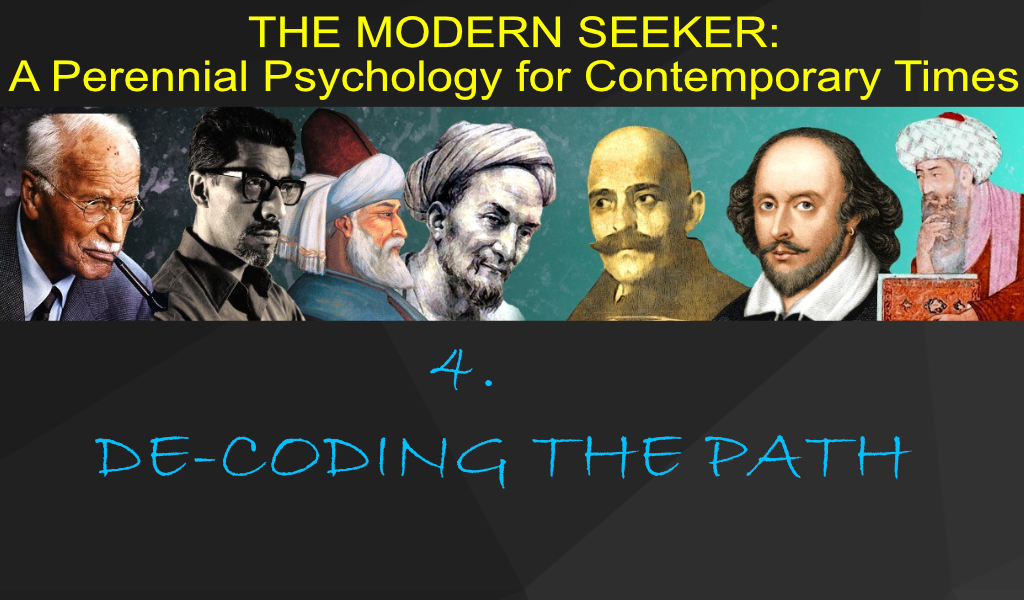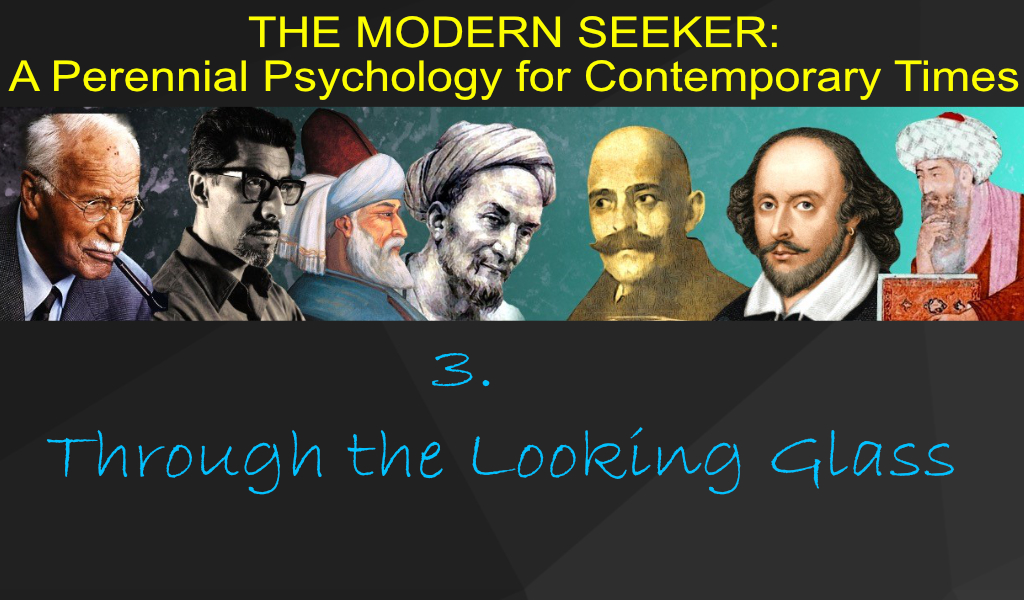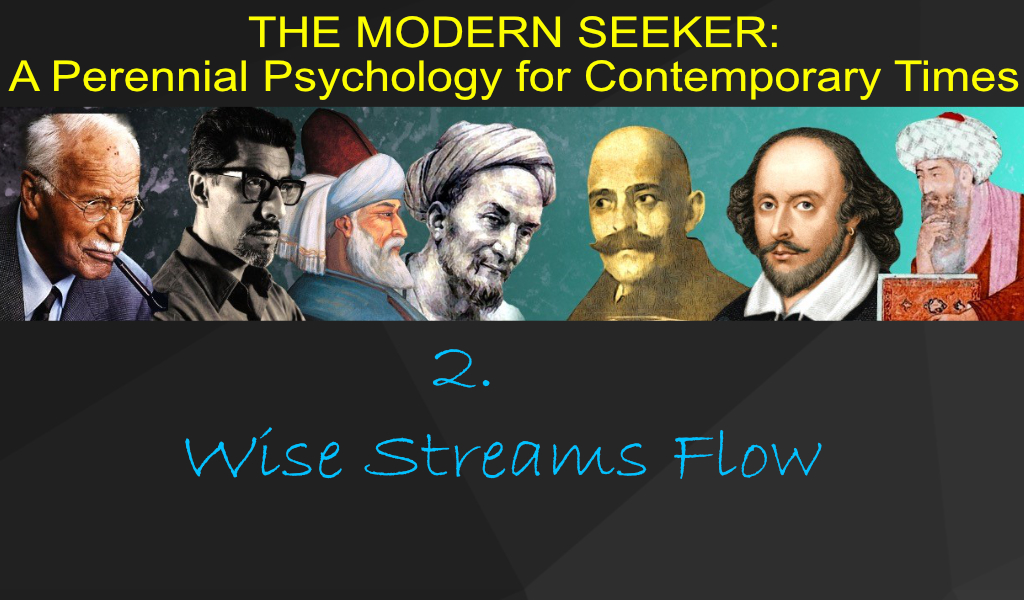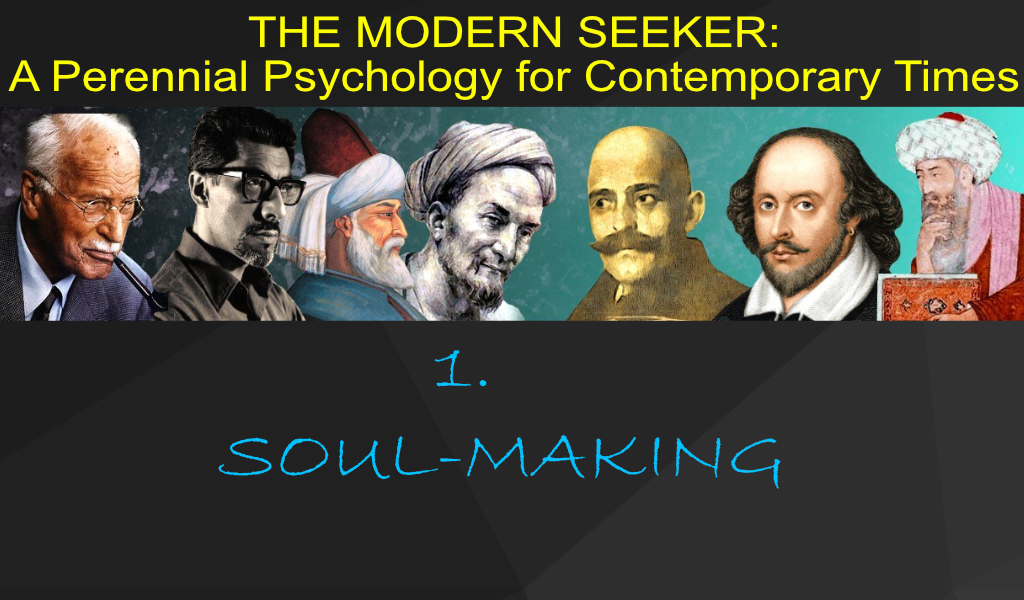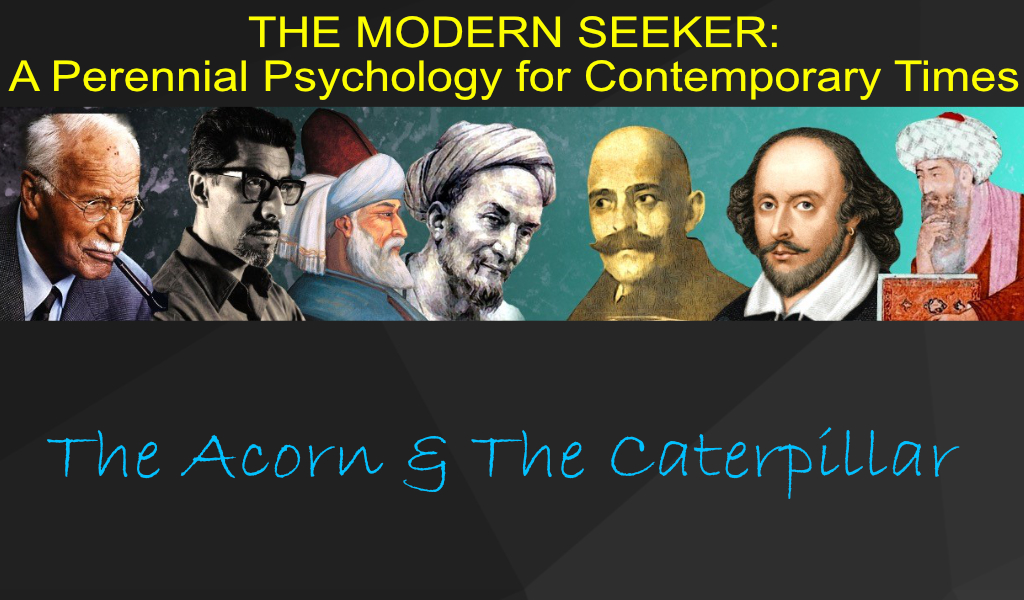Happy New Year to you all….as the new year of the natural world celebrates at what we call the spring equinox. Whichever way you look at it, many of us have now entered either the new year, or Spring. The spring equinox is the time of year, in the earth’s annual cycle around the sun, where day and night are equal in length. We have emerged from the dominance of darkness during the winter days – or, as Rumi put it: ‘the hand of winter reveals the secrets of spring.’ We may also say that life bursts forth from death.
Throughout the world, in many traditions, the spring equinox is also a time of great confrontation between the forces of darkness and light. This is symbolized in many sacred teachings as the death and resurrection of their deities. Or, in initiatory terms, as an important stage of self-realization, where the struggle between darkness and light creates the opposition needed to catalyze development. That is, advancement through struggle and opposition. Movement and change has often been symbolized through the pulling back and forth between opposites, and so through struggle and opposition. Yet such oppositions are not only in symbolic traditions and customs – they also are reflected in our social and cultural influences and trends. One historical example is in Marxist theory whereby Karl Marx stated that the struggle/opposition between class relations (bourgeoisie and working class) would create a resolution in a humane and classless society (socialism). This notion of oppositional struggle to create a third force of resolution is known as dialectic (thesis + antithesis à synthesis). Marx’s ideas on dialectic struggle were heavily influenced by the idealistic philosophy of German thinker Georg Hegel. Hegel developed the concept that mind or spirit manifested itself in a set of contradictions and oppositions that were ultimately integrated and united in synthesis. For Hegel, the synthesis (the absolute), must always pass through a stage of opposition in its journey to completion and truth. On a material level, Hegel viewed this dialectic relationship as the process by which human history unfolds. That is, history (social evolution) progresses as a struggle between two opposing forces toward a developmental state of resolution.
According to Hegel, the main characteristic of resolution-in-unity was that it evolved through contradiction and denial. These struggles, says Hegel, can be found in most social domains such as history, philosophy, art, nature, and even consciousness. It is significant to note here that Hegel’s thinking was highly influenced by the lesser known writings of German Christian mystic Jacob Böhme. Böhme’s inner visions led him to create a cosmology where it was necessary for humanity to return to God. These states of conflict would be a necessary stage in the further completion of the evolution of the universe. Humanity’s free will in this separation, conflict, and resolution was the most important gift that God could give to us. In other words, it would be our own responsibility – and a privileged responsibility at that – to work toward our reconciliation through struggle and the opposing forces of resistance.
In a similar manner the teachings of Greek-Armenian philosopher-mystic George Gurdjieff also describe a triad relationship in his Holy Affirming and Holy Denying à Holy Reconciling. Gurdjieff referred to this as the ‘Law of Three.’ In this context we can see how a coming together of contradictory impulses – such as mind and spirit – would lead to a resolution that would not only be an integration of these contradictory forces but at the same time a resolution/synthesis greater than the sum of its parts.
Likewise, psychologist and humanistic philosopher Erich Fromm noted that society in the mid-twentieth century industrial world was suffering from what he viewed as the contradictory struggle between having and being. The ideology of continued growth and consumption – the having mode – was in conflict with the human need to find meaning, well-being, and personal growth – the being mode. Fromm saw the resolution of this conflict as being a New Human. Fromm wrote that ‘We are a society of notoriously unhappy people: lonely, anxious, depressed, destructive, dependent – people who are glad when we have killed the time we are trying so hard to save.’ His conclusion was that ‘the physical survival of the human race depends on a radical change of the human heart.’
Much thinking current today is typical in that it displays a lack of appreciation for the changing nature of human consciousness. Also, it fails to take into account the role of consciousness in affecting external conditions. Moreover, there is danger in thinking that opposing influences can only lead to an ‘either-or’ alternative. To some degree even Erich Fromm displayed this, in thinking that we can either have a having or a being mode of existence, but not both.
For me, I would say there is still something else that has not yet been taken into account. A ‘something else’ that participates within the mesh of opposing forces that assists to catalyze toward synthesis/resolution. And this ‘something’ is immaterial, yet tangible. In an analogy that Persian poet Rumi has used, we can put together the opposing ingredients of flour, water, and yeast; yet we do not create bread from this. Something else needs to be added to the mix; and this something is heat – the fire of the oven needed to bake the bread. Heat is the immaterial yet tangible force that catalyzes the ingredients into a synthesis – in this case, bread. Gurdjieff was, in a sense, referring to this immaterial force in his ‘Law of Three’ with his reconciling force – a force of attention and intention.
Similarly, in physical systems a tipping point occurs when it is said that the system has reached its capacity to orderly organize the energy. The alternative is either a breakdown (collapse), or for a greater amount of energy to enter the system in order to be used to catalyze and create greater order, thus pushing the system to a further stage of development. So, why am I saying all this?
I began this short essay by mentioning how the spring equinox is symbolically a time where the struggles between opposing forces (dark and light) find a balance and resolution – in this case equal hours of day and night. It also symbolizes a time of death, rebirth, and realization (initiation). I feel that the world is now going through a grander scale version of this struggle; and that a global synthesis is indeed required. As individuals each one of us also has to deal with resolving our own struggles and contradictory forces that impact from both without and within. The ultimate question in this regard must be – can we find and use that immaterial yet tangible ‘reconciling’ energy? And what is it?
In global affairs, art, psychology, social life – in all and everything – there is need for this ‘other force’ to be present. Perhaps it is present, yet in ways we do not, or cannot, perceive; and that the presence of this reconciling force is one of the mechanisms of our social and cultural evolution. And just maybe, we can also connect with and utilize this synthesizing force. What if this force was the energy of conscious and directed attention? That is, the force of conscious awareness and participation – of goal-orientated conscious intention?
Everything we do can be done differently. And not only the major things in our life – our work, our loving, etc – but also the small things: cooking, cleaning, preparing, arranging, etc. In other words, to put conscious intention into every encounter and participation – into every human act. Would this not be something? After all, would we truly wish to do harm, make mistakes, speak badly, and perform incorrectly, if we were consciously aware of these moments? Human consciousness when aware of itself can be a far greater force for resolution, synthesis, integration, and development.
We do not necessarily need to look solely toward global material forces (e.g., war) to see the potential inherent in reconciling opposing forces for betterment. These opposing and contradictory forces also operate within each one of us. Yet the first hurdle to overcome is to recognize the existence and operation of these forces. By perceiving their existence we help to bring the force of directed attention into being. With conscious awareness thus activated we can perhaps take the next step of conscious intention towards a goal-orientated outcome – resolution and harmony. As above, so below: As in the world, so too within us. These forces are in everything and are all around us. They are as much in our myths and stories as they are in our social systems and structures. They also exist in our sciences too.
A quick glance at quantum mechanics will tell us that packets of quanta can exist both in the state of a particle and a wave – isn’t this a contradictory state of affairs, not knowing in which state to exist? It is only under observation – observer participation – that the quanta ‘chooses’ which state to be in and is said to collapse into either a particle or a wave. In other words, human directed attention collapses reality into existence. The way to reconcile the struggle in our lives, and to strive toward greater development, appears to lie with the ‘heat’ of our conscious awareness. We participate in the world around us by an immaterial yet tangible force of conscious attention, directed intention, and aware participation. It is through this that we can work with opposing forces toward resolution and a higher order of synthesis and integration. It requires a form of inner work – we must place ourselves into all our situations and circumstances as a human crucible of change. We can be the change agent – the catalyst – by contributing conscious intention into the mix. Maybe that’s why we’ve been hanging around so long…to be ready for this. Until next time… [i] For a more in-depth discussion on this we could examine the alchemical arts, and the work of Paracelsus, to further understand the role of human intention upon physical processes.



